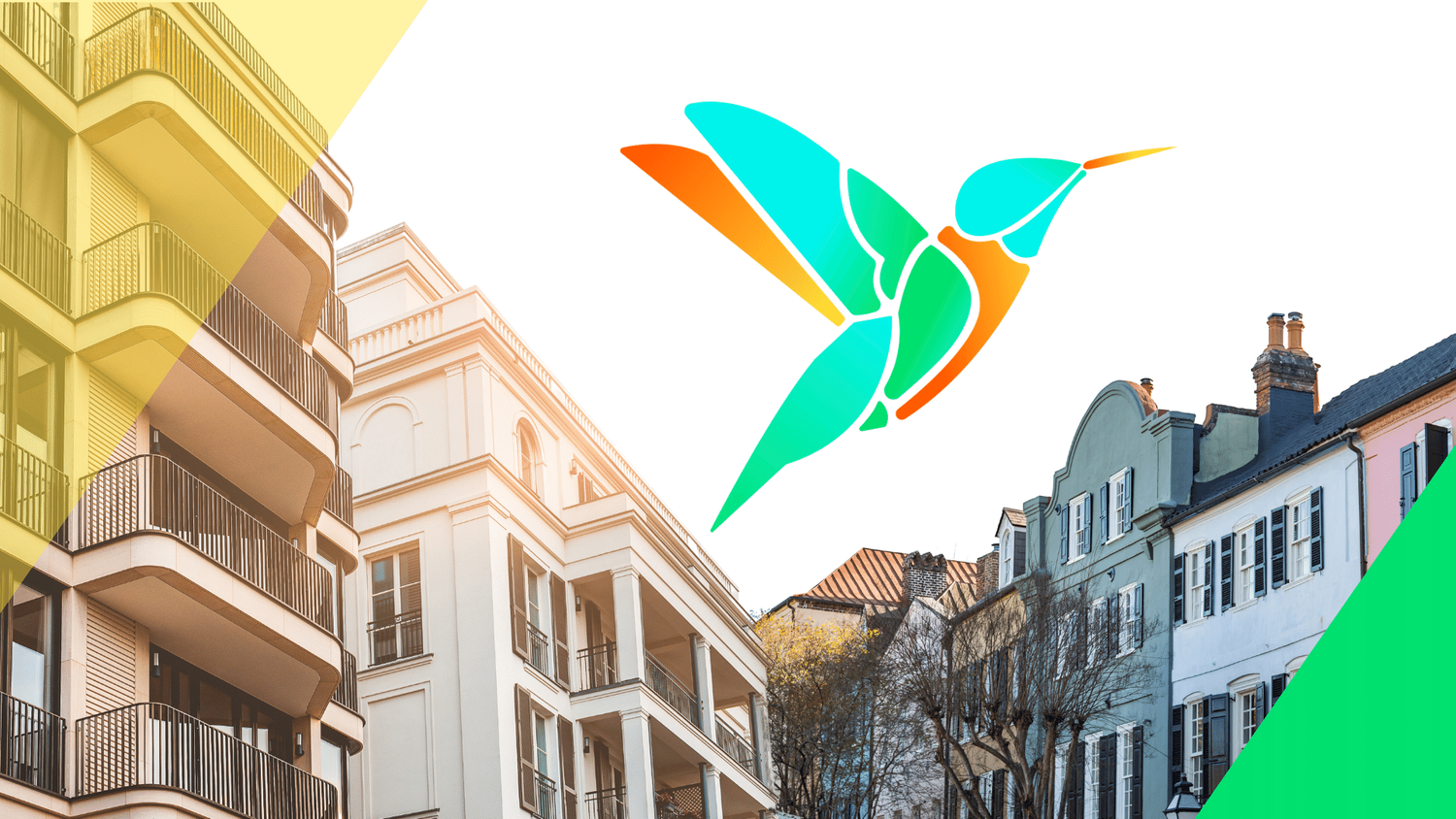What's In A Name? The History Behind Charleston's Top Streets
Upon moving to Charleston, many new locals take interest in the unique street names found throughout the peninsula. Steeped in history dating back to the late 1600s (when the area was founded), most of the street names here are specific to the region. Knowing the stories behind some of the area’s most significant roads can help you learn even more about the city.
Preparing for your move to Charleston? Discover the backstories behind some of downtown’s most well-known streets.
Chalmers
Crafted from cobblestone, Chalmers Street is a road that brims with charm and historic appeal. Occupying only two blocks, it can be found nestled between Meeting Street and State Street.
Chalmers street was named after Dr. Lionel Chalmers. Born in Scotland, Dr. Chalmers arrived in Charleston in 1737. He worked as a physician and scientist, and partnered with a man named Dr. John Lining in 1740. By 1750, Dr. Chalmers began recording and logging meteorological records for the Charleston area.
What is particularly unique about his contribution is that his weather data was some of the first in America. He used his observations to construct forecasts. Dr. Chalmers was arguably Charleston’s first official meteorologist. His other notable contributions to the city include being a member of the Charleston Library Society, and serving as a port physician.
Legare
Legare (pronounced “Luh-gree”) Street has earned the reputation of being one of the city’s most idyllic. According to historical records, the street is named after Solomon Legare, a goldsmith and French Protestant who was a founding member of the Circular Congregation Church. You can read about the history of Legare Street on a placard at the Sword Gate House — located at 32 Legare Street.
While strolling through Downtown Charleston, you can find Legare Street stretching from Queen Street to South Battery.
Church
Starting at Pinckney Street and traveling down to South Battery, Church Street has been a picturesque road for generations. Narrow and lined with red bricks, this iconic street is home to historic residential and commercial properties.
Rather than being named after one of Charleston’s pioneering residents, the street is simply named after its oldest church. Opening its doors in 1838, St. Phillip’s Episcopal Church still welcomes members to this day. St. Phillip’s is also recognized as the oldest church in Charleston.
Lamboll
Stretching for just two blocks in the South of Broad neighborhood, Lamboll Street is one of the most narrow roads in the entire city. On this street — which looks more like an alleyway – towering historic homes paint a picture of what Charleston’s earliest days looked like.
One of the most spectacular homes along this street also shares its namesake — the Thomas Lamboll House. Constructed for Thomas Lamboll (a Colonial judge) in 1739, the home has changed ownership multiple times through the years. Now, the Thomas Lamboll House serves as a bed and breakfast.
Tradd
Stretching the full width of the peninsula in the South of Broad neighborhood, tree-lined Tradd Street overflows with historic appeal. Individuals who walk along this stunning road are treated to the alluring glow of gas porch lanterns, homes built in the 18th and 19th centuries, and gorgeous landscaping. Notably, parts of the street were featured in the 2000 film The Patriot.
According to historians, Tradd Street was named after a man named Robert Tradd. While it is claimed that he was the first English-born child in the area, not much else is known about him.
Ready to learn more? Check out a local’s view of Downtown Charleston and download our Parts of Town Cheat Sheet today!

